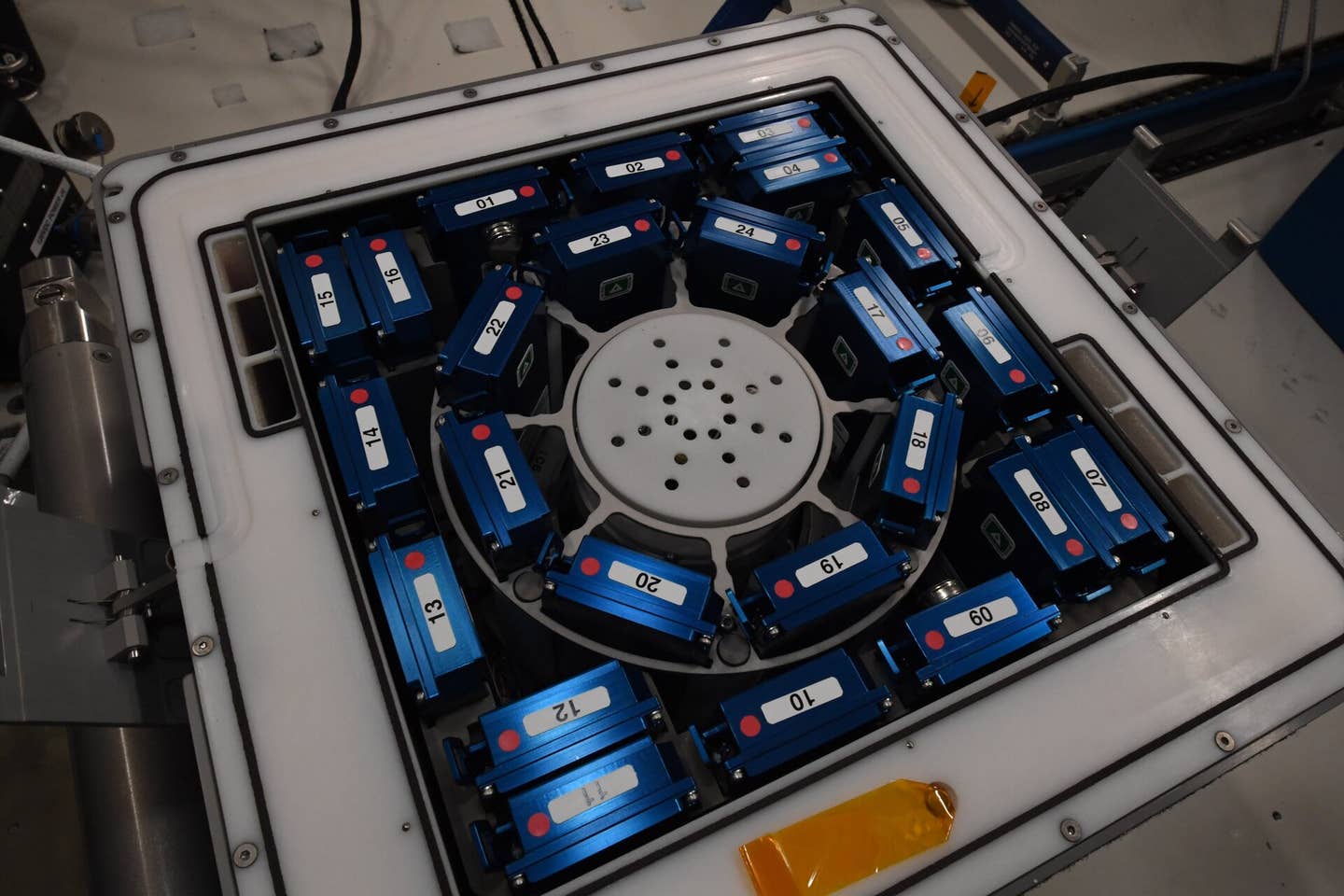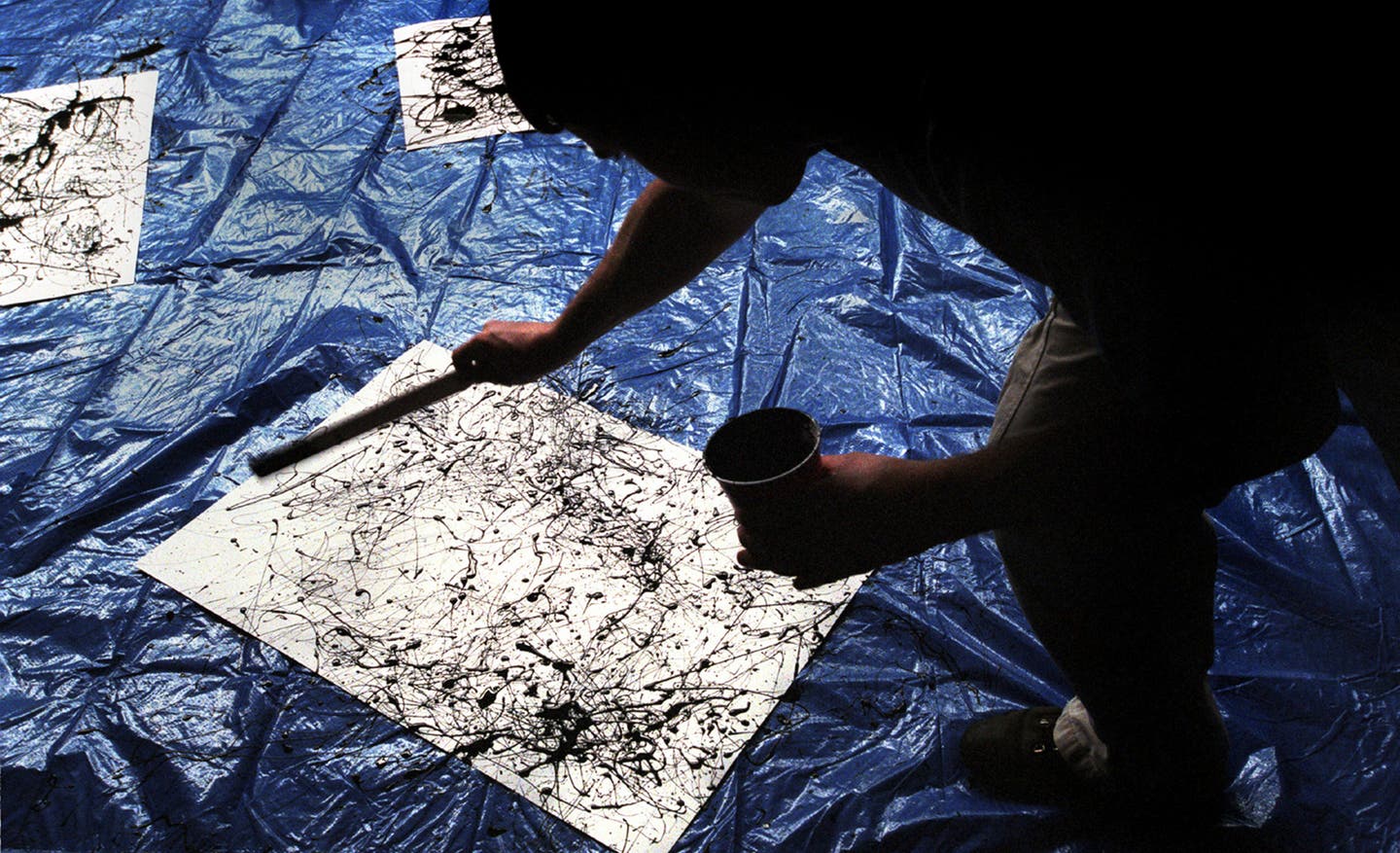What came before the Big Bang? Supercomputers take on Einstein’s equations
Scientists explore how numerical relativity may reveal what came before the Big Bang and reshape our understanding of the universe.

Scientists turn to numerical relativity to explore the universe’s origins. (CREDIT: Shutterstock)
Asking what existed before the Big Bang is often dismissed as meaningless, since traditional physics breaks down when pushed that far back in time. Yet a new paper published in Living Reviews in Relativity suggests that there may finally be a way to explore these kinds of questions.
The study, written by Eugene Lim of King’s College London, Katy Clough of Queen Mary University of London, and Josu Aurrekoetxea at Oxford University, argues that numerical relativity—the use of supercomputers to approximate solutions to Einstein’s equations—could open doors to mysteries once thought impossible to probe.
Einstein’s equations describe gravity and the movement of cosmic objects. But if you rewind the universe far enough, the math runs into what’s called a singularity, a state of infinite density and temperature where known physics fails.
These singularities don’t just appear when thinking about the Big Bang. They also crop up when studying black holes and other regions of extreme gravity. Analytic solutions, the kind worked out by hand, simply can’t handle these conditions. That’s where numerical relativity comes in.
Beyond Simplified Assumptions
Cosmologists often assume the universe is uniform and looks the same in every direction. This symmetry makes Einstein’s equations easier to solve, and for the modern universe, it’s a fairly good description. But what about during the Big Bang itself, when conditions were anything but neat? “You can search around the lamppost, but you can’t go far beyond the lamppost, where it’s dark—you just can’t solve those equations,” Lim explains. “Numerical relativity allows you to explore regions away from the lamppost.”
Instead of leaning on perfect symmetry, numerical relativity lets scientists explore more chaotic starting conditions. That could mean testing ideas about what the universe looked like before inflation, the rapid burst of expansion thought to have stretched space in its earliest moments.
Inflation explains why the universe looks so smooth and even today, but nobody knows what sparked that growth. Using supercomputer simulations, researchers may finally be able to test different starting conditions, perhaps even those predicted by string theory.
Related Stories
- Harvard and Cambridge scientists disprove the Big Bang's inflation theory
- Dark matter first originated in a ‘Dark Big Bang’, study finds
From Black Holes to Cosmic Inflation
Numerical relativity isn’t new. It was first explored in the 1960s and 70s as a way to understand what happens when black holes crash together. Pen-and-paper math couldn’t handle such complex scenarios, but simulations could.
The technique gained new life in the 1980s when the LIGO experiment was proposed to detect gravitational waves, ripples in spacetime caused by violent cosmic events. By 2005, computer models had cracked the problem, showing the method could succeed in otherwise unsolvable cases.
That success encouraged physicists to look beyond black holes and apply the approach to cosmology. Lim and his colleagues believe the time is right for the two communities—cosmologists and numerical relativists—to work more closely together. Their review introduces both groups to each other’s language and techniques while laying out the big questions numerical relativity can help answer.
The Universe’s Hidden History
One of the most intriguing possibilities is exploring whether the universe had a “before.” Some theories suggest the cosmos is cyclic, endlessly bouncing through a series of bangs and crunches. These scenarios involve regions of intense gravity, exactly where standard shortcuts fail. Numerical relativity could help test whether these bouncing universes are possible and, if so, what signatures they might leave behind.
Other targets include cosmic strings—thin, high-energy defects in spacetime that could produce distinct gravitational wave signals. Detecting such signals would provide direct evidence for these long-hypothesized objects. Simulations might also reveal what kind of imprints a collision with another universe would leave on the cosmic microwave background, offering clues about whether a multiverse exists.
Mapping the Phases of the Cosmos
The new review divides past research into three broad eras. The first is “Genesis,” covering the earliest moments, from singularities to cosmic inflation and bubble collisions. Next is “Exodus,” the reheating period after inflation, when energy and particles filled the universe and complex behaviors such as oscillons or primordial black holes may have formed. The last era, “Revelation,” looks at the later universe, where subtle gravitational effects could slightly alter cosmic expansion.
Across these phases, simulations face major challenges. Scientists must carefully choose boundary conditions, coordinate systems, and starting setups that remain physically realistic. Unlike simplified models, real-world simulations need to wrestle with lopsided or irregular distributions of matter, which makes interpreting the results more complicated.
Building Bridges Between Fields
Lim and his coauthors hope their work will serve as a guide for both communities. For cosmologists, it offers new tools to tackle puzzles they can’t solve alone. For numerical relativists, it provides exciting applications beyond black holes.
“We hope to actually develop that overlap between cosmology and numerical relativity so that numerical relativists who are interested in using their techniques to explore cosmological problems can go ahead and do it,” says Lim. “And cosmologists who are interested in solving some of the questions they cannot solve, can use numerical relativity.”
Practical Implications of the Research
If numerical relativity lives up to its promise, it could change how people understand the origins and fate of the universe. Questions once dismissed as unscientific—like what came before the Big Bang or whether we live in a multiverse—may become testable. With ever-faster supercomputers, researchers will be able to simulate more complex scenarios, potentially uncovering new physics.
The findings could reshape the way humanity views its place in the cosmos and offer deeper insights into how everything began.
Note: The article above provided above by The Brighter Side of News.
Like these kind of feel good stories? Get The Brighter Side of News' newsletter.



